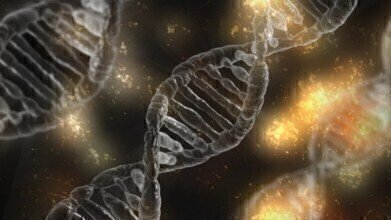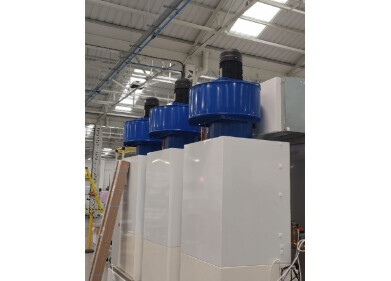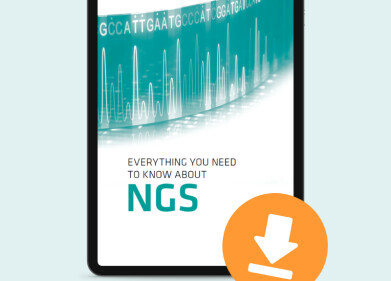Laboratory Products
Scientists Find Physical Association Between Chromosomes
Jul 22 2019
In a breakthrough study, a team of scientists from the Stowers Institute for Medical Research have used super-resolution microscopy to pinpoint physical connections shared by human chromosomes. The findings were published in the Journal of Cell Biology and explain how the team investigated associations between five human karyotype chromosomes. The team maintain the findings could offer new insight into how chromosomal connections can cause common abnormalities known as Robertsonian translocations. The abnormalities are formed when paired chromosomes both contain rDNA, a connection that can cause infertility and trisomy disorders such as Down syndrome.
"Inter-chromosome connections may prove to be an integral and pervasive governing feature of chromosome organisation in many types of human cells," explains Jennifer Gerton, lead researcher of the study.
Identical connections identified in heterologous chromosomes
Tamara Potapova, first author of the paper and research specialist in the Gerton Lab at the Stowers Institute, explains how the team used structural image super-resolution microscopy (SIM) technology to confirm physical connections between five of the twenty-three human chromosomes. She says the team was surprised with the initial results, which saw the same connections identified in several different cell types.
"We knew there were points of contact between duplicated sister copies of chromosomes, but not between heterologous chromosomes," says Potapova. "I was fascinated by why the same five chromosomes displayed connections in many different cell types."
A breakthrough 50 years in the making
The findings build on early observations of inter-chromosome connections that were published more than 50 years ago. Thanks to advanced super-resolution microscopy methods, Gerton, Potapova and the team were able to explore the basis and function of the connections. This led to the identification of the ribosomal DNA (rDNA), a single shared sequence that links the five chromosomes and plays a central role in manufacturing protein for cells. The rDNA sequences are perched on the end of each human chromosome and act as "acrobatic hands" that hold the threadlike structures together. Not only were rDNA connections detected in several different human cell types, they were also universal in both healthy and contaminated tissue which suggests there is no pathological explanation.
The power of topological interlockings
The findings published in the Journal of Cell Biology suggest that the physical basis of rDNA connections shared by chromosomes is caused by topological interlockings. Also known as catenations, the connection can be sparked by extreme transcriptional activity in the nucleolus, the site where ribosome biogenesis takes place. The team also muse the connections could be caused by interference by rDNA sequences from different heterologous chromosomes. Lack of space in the nucleolus means strands of rDNA sequences are forced to interact with each other and potentially become interlinked by enzyme topoisomerase II activity that entangles strands and creates the connections.
"The results from these studies have unveiled a new type of chromosome-chromosome interaction," says Gerton. "Now we want to know if regions in addition to the rDNA can engage in these types of interaction using similar mechanisms."
New technologies are paramount to advancing scientific research. For an introduction to the latest imaging techniques being used in modern laboratories don't miss 'How to perform fully automated static image analysis simply and accurately.'
Digital Edition
Lab Asia 31.2 April 2024
April 2024
In This Edition Chromatography Articles - Approaches to troubleshooting an SPE method for the analysis of oligonucleotides (pt i) - High-precision liquid flow processes demand full fluidic c...
View all digital editions
Events
Apr 22 2024 Marrakech, Morroco
Making Pharmaceuticals Exhibition & Conference
Apr 23 2024 Coventry, UK
Apr 23 2024 Kintex, South Korea
Apr 23 2024 Seoul, South Korea
Apr 24 2024 Jakarta, Indonesia

.jpg)






.jpg)









